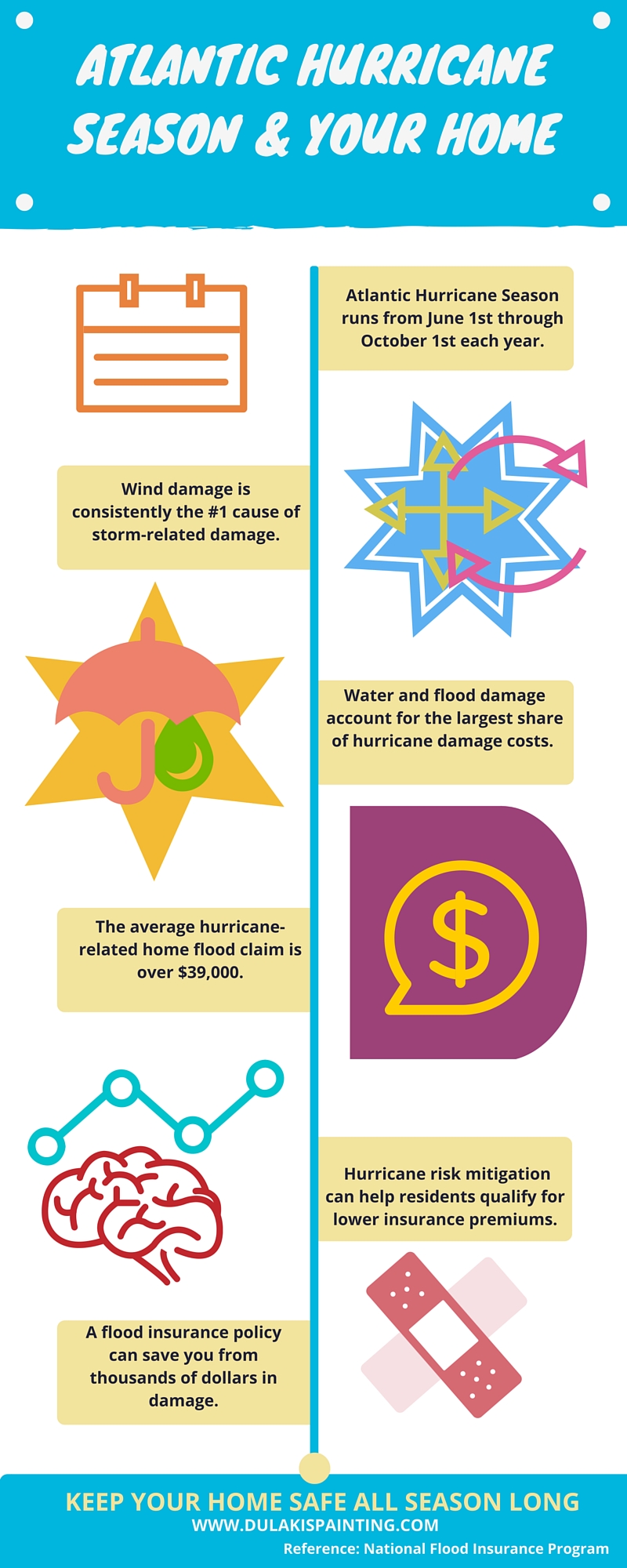Learn About The Ways In Which Seasonal Factors Can Influence The Success Of Business External Painting And Figure Out The Very Best Times To Accomplish Lasting Results For Your Task
Learn About The Ways In Which Seasonal Factors Can Influence The Success Of Business External Painting And Figure Out The Very Best Times To Accomplish Lasting Results For Your Task
Blog Article
painting walls and ceiling the same colour By-Leach Skafte
When you're planning a business outside painting job, seasonal variables can make or damage your outcomes. Read the Full Post 'll want to think about just how temperature and moisture effect paint application and drying times. Selecting the appropriate season can guarantee your paint sticks effectively and lasts longer. But which periods are absolutely the best for this kind of work? Let's check out the crucial elements that can impact your project's success.
The Effect of Temperature on Paint Application
When you're preparing a commercial external paint project, the temperature level can substantially impact just how well the paint adheres and dries out.
Ideally, you wish to paint when temperature levels vary in between 50 ° F and 85 ° F. If https://small-job-painters-near-m97541.atualblog.com/40637120/pro-tips-for-an-unified-working-partnership-with-residence-painting-experts 's too cold, the paint might not cure appropriately, leading to concerns like peeling off or cracking.
On the flip side, if it's too warm, the paint can dry out as well swiftly, avoiding proper bond and resulting in an uneven finish.
You need to additionally think about the time of day; early morning or late afternoon supplies cooler temperature levels, which can be a lot more favorable.
Always inspect the maker's recommendations for the particular paint you're making use of, as they often give guidance on the optimal temperature range for optimal results.
Humidity and Its Result on Drying Times
Temperature isn't the only environmental aspect that influences your commercial external painting task; moisture plays a significant role too. High moisture levels can slow down drying times significantly, affecting the total quality of your paint job.
When the air is saturated with wetness, the paint takes longer to heal, which can lead to issues like poor adhesion and a greater threat of mold development. If you're painting on a specifically moist day, be prepared for extended delay times between layers.
It's crucial to monitor local weather conditions and plan appropriately. Ideally, go for humidity levels in between 40% and 70% for ideal drying out.
Maintaining these consider mind guarantees your job stays on track and delivers a lasting surface.
Best Seasons for Commercial Outside Paint Projects
What's the best time of year for your industrial outside painting projects?
Springtime and very early loss are typically your best bets. During these periods, temperatures are mild, and moisture levels are usually reduced, creating optimal conditions for paint application and drying.
Avoid summer season's intense heat, which can create paint to completely dry too promptly, leading to poor bond and finish. Similarly, winter season's cool temperature levels can prevent proper drying out and curing, running the risk of the longevity of your paint work.
Go for days with temperatures in between 50 ° F and 85 ° F for optimal outcomes. Bear in mind to check the neighborhood weather forecast for rainfall, as damp problems can spoil your task.
Planning around these variables guarantees your paint job runs efficiently and lasts much longer.
Final thought
In conclusion, preparing your business exterior paint projects around seasonal factors to consider can make a substantial difference in the outcome. By organizing job during the ideal temperature levels and humidity degrees, you'll make sure much better attachment and drying out times. Keep in mind to keep an eye on neighborhood weather prediction and pick the right time of year-- spring and early fall are your best options. Taking these actions will assist you achieve a resilient and expert surface that lasts.
